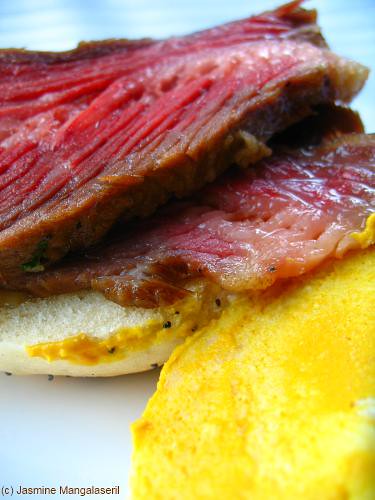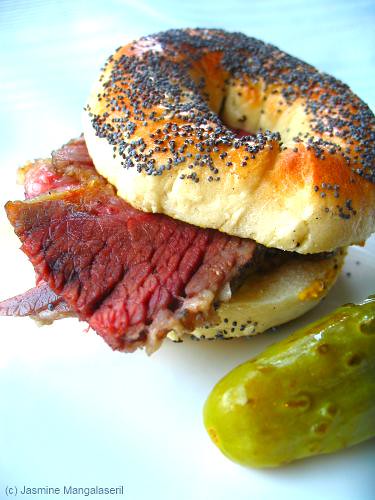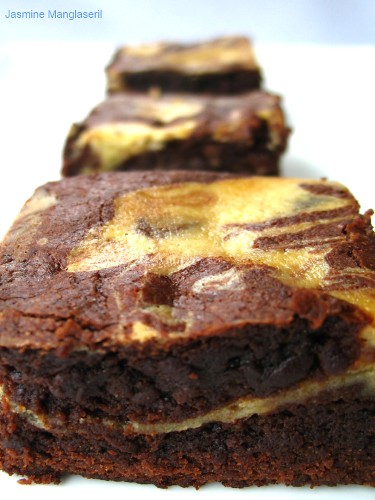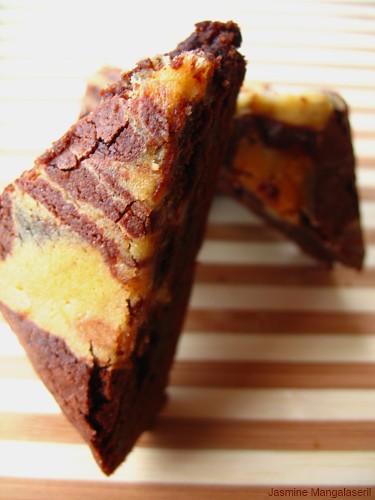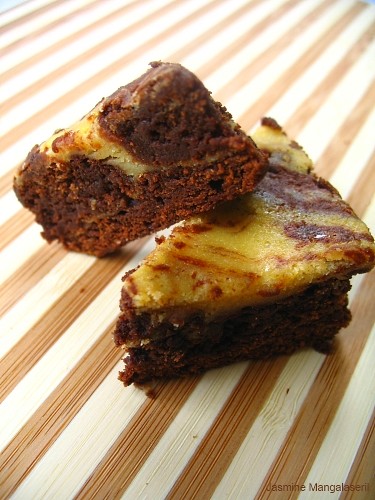 I love it when I find an incredibly easy and tasty dish. Don't get me wrong: for the most part I still love spending a couple of hours in my kitchen, carefully dosing out ingredients, slowly folding and rubbing and waiting for volatile oils to release and scent the air. The truth is I don't always have that sort of time to devote to feeding myself (sad, isn't it?). I'm normally on the lookout for something quick, delicious and slightly different from the same-old same-old, but one that can be completed in those fleeting moments between work, meetings, going out and sleep. From time to time I find a solution so elegant in its simplicity, I wonder why I didn't try it before. Colcannon is one of those foods. A traditional Irish dish, it's simply sauteed greens stirred into mashed potatoes. As someone who loves sauteed kale, cabbage and other deep leafy greens almost as much as I love creamy (and garlicky) mashed potatoes, this is pretty much a happy foodish marriage to my tastebuds and gullet. What makes it better (I think) is that it's pretty much a non-recipe recipe. Don't believe me? Here's proof:
I love it when I find an incredibly easy and tasty dish. Don't get me wrong: for the most part I still love spending a couple of hours in my kitchen, carefully dosing out ingredients, slowly folding and rubbing and waiting for volatile oils to release and scent the air. The truth is I don't always have that sort of time to devote to feeding myself (sad, isn't it?). I'm normally on the lookout for something quick, delicious and slightly different from the same-old same-old, but one that can be completed in those fleeting moments between work, meetings, going out and sleep. From time to time I find a solution so elegant in its simplicity, I wonder why I didn't try it before. Colcannon is one of those foods. A traditional Irish dish, it's simply sauteed greens stirred into mashed potatoes. As someone who loves sauteed kale, cabbage and other deep leafy greens almost as much as I love creamy (and garlicky) mashed potatoes, this is pretty much a happy foodish marriage to my tastebuds and gullet. What makes it better (I think) is that it's pretty much a non-recipe recipe. Don't believe me? Here's proof: - Step one: Saute some kale (or green cabbage or other leafy green).
- Step two: Mash some potatoes (preferably with milk/cream and butter).
- Step three: Mix everything together.
- Step one: Saute some kale (or green cabbage other leafy green).
- Step two: Mash some potatoes (preferably with milk/cream and butter).
- Step three: Mix everything together.
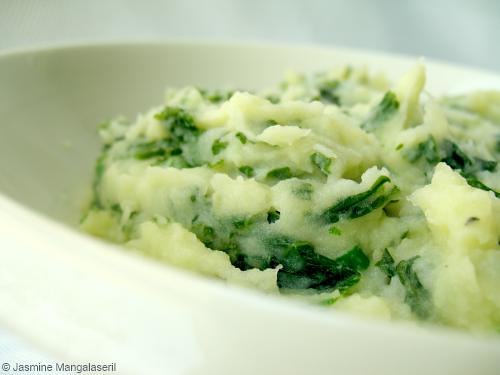 Colcannon Serves 4-6 Ingredients 250g (0.5lb) Kale leaves, chopped (one bunch) 1 shallot, thinly slivered 4 spring onions, green parts only, finely chopped butter, for sauteing and mashing 500g (1lb) Yukon gold potatoes (or any mashable potato) 125ml (0.5c) milk 1 clove garlic, smashed salt pepper Method: Fry the shallots in butter until golden. Add the kale and spring onion greens and a couple of tablespoons of water to the pan. Give it a stir and lid the pan and let the greens steam lightly--the green will be vibrant, but the veg won't be limp. Remove the lid and let the water evaporate, stirring occasionally. Season with salt and pepper. Set aside
Colcannon Serves 4-6 Ingredients 250g (0.5lb) Kale leaves, chopped (one bunch) 1 shallot, thinly slivered 4 spring onions, green parts only, finely chopped butter, for sauteing and mashing 500g (1lb) Yukon gold potatoes (or any mashable potato) 125ml (0.5c) milk 1 clove garlic, smashed salt pepper Method: Fry the shallots in butter until golden. Add the kale and spring onion greens and a couple of tablespoons of water to the pan. Give it a stir and lid the pan and let the greens steam lightly--the green will be vibrant, but the veg won't be limp. Remove the lid and let the water evaporate, stirring occasionally. Season with salt and pepper. Set aside Parboil potatoes in salted water. When they are about half-cooked, drain off 2/3-3/4 of the cooking water and retun to the hob, put the lid on and steam over low heat until an inserted knife blade or fork easily slips in and out of a potato. When the potatoes are about ready, heat the milk with the smashed garlic. Mash the potatoes to your liking, using the garlic-infused milk and butter. Stir in the cooked greens. Balance flavours to taste. Notes:
- You can substiute cabbage (savoy or green) for the kale.
- If you have bacon fat on hand, use that to saute the greens.
cheers!
jasmine

